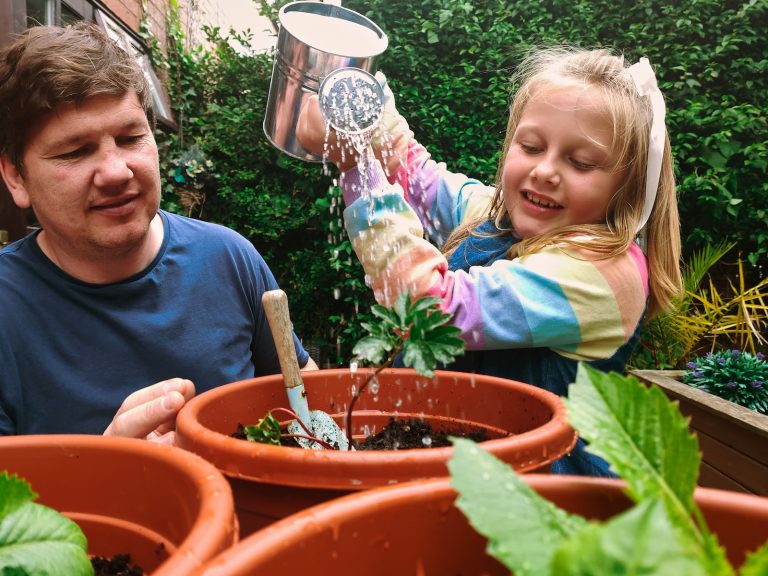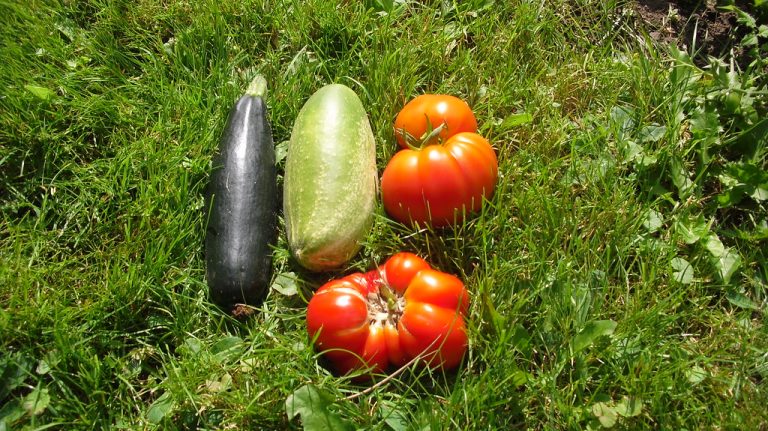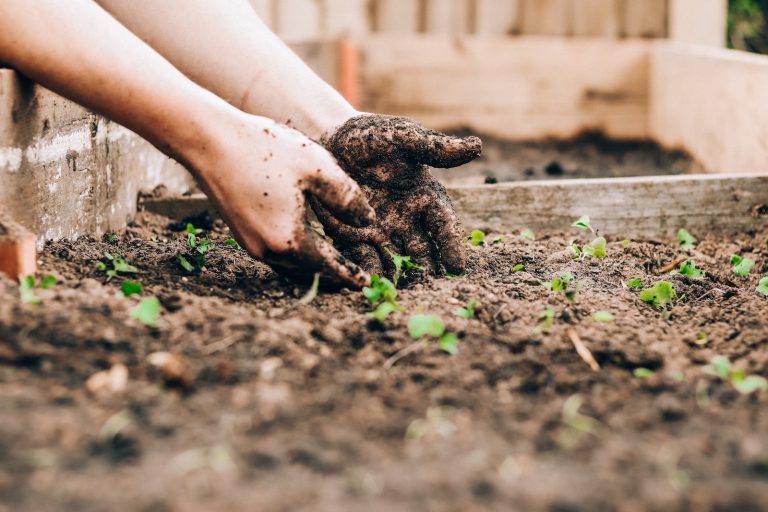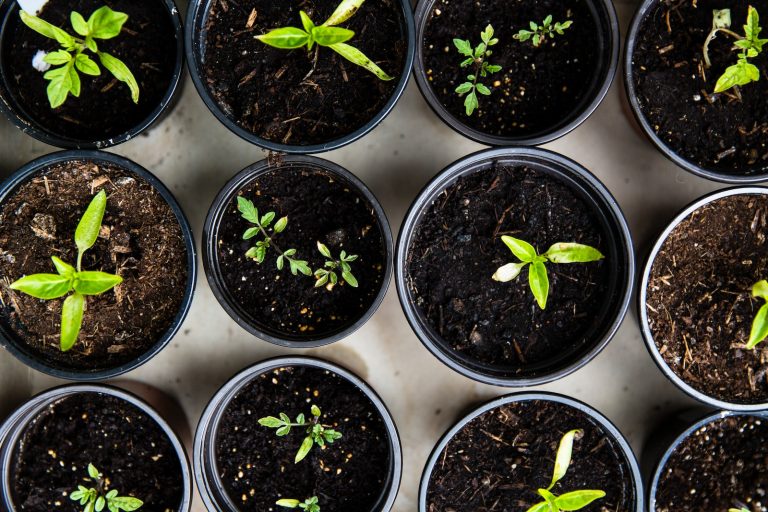How to Grow Blueberries in Your Home Garden?

Blueberries are a superfood that not only taste amazing but also pack a slew of health benefits. And what’s even better? Growing your own blueberries in your home garden is easier than you think!
With just a few simple tips and tricks, you can have juicy, plump blueberries right at your fingertips. So grab your gardening gloves and get ready to learn how to grow these delicious berries in the comfort of your own backyard.
Benefits of Growing Blueberries?
Assuming you have the proper soil and climate, blueberries are one of the easiest fruits to grow in your home garden. Not only are they relatively pest and disease-free, but they also require little pruning and upkeep once established. And of course, there’s the delicious factor—nothing tastes quite like a blueberry picked straight from the bush!
In addition to being a tasty treat, blueberries offer some impressive health benefits. They’re packed with vitamins, minerals, and antioxidants, which can help protect against heart disease and cancer. They’ve also been shown to boost brain function and memory. So not only are blueberries a fun project for your home garden, they’re good for you too!
Types of Blueberries to Grow
There are many different types of blueberries that you can grow in your home garden. Each type has its own unique flavor and characteristics.
The most common type of blueberry is the highbush blueberry. These are the blueberries that you typically find in grocery stores. Highbush blueberries are large and have a sweet flavor.
The lowbush blueberry is another common type of blueberry. These are smaller than highbush blueberries and have a tart flavor.
The rabbiteye blueberry is a less common type of blueberry. These are larger than lowbush blueberries and have a sweeter flavor.
The last type of blueberry is the wild blueberry. These are the smallest type of blueberry and have a very tart flavor.
Prepare the Soil for Planting
Blueberries are a great addition to any home garden, and with the right preparation, they can be easy to grow. The most important part of preparing the soil for planting blueberries is making sure the pH is between 4.5 and 5.5. Blueberries need an acidic soil to thrive, so if your soil is not naturally acidic, you will need to add sulfur or another amendments to lower the pH.
You should also test the soil fertility before planting blueberries. Blueberries are not heavy feeders, but they do need some nutrients to produce a good crop. A simple way to test fertility is to take a small handful of soil and place it in a container of water.
If the water turns murky within 24 hours, your soil contains enough nutrients for blueberries. If it doesn’t, you will need to add some compost or other organic matter before planting.
Finally, make sure the planting area has good drainage. Blueberries do not like wet feet, so raised beds or mounds are a good option if your garden has heavy clay soils. Amending the soil with sand can also improve drainage. Once you have prepared the soil, you are ready to plant your blueberry bush!
Planting and Spacing Tips
When planting blueberries, it is important to choose a location that receives full sun and has well-drained soil. Blueberries require acidic soil with a pH between 4.5 and 5.5. If your soil is not acidic enough, you can amend it by adding sulfur or peat moss.
Spacing your blueberry plants too closely together will result in smaller berries. For best results, space plants 3 to 4 feet apart in rows that are 6 to 8 feet apart. When planting multiple rows of blueberries, leave 10 to 12 feet between the rows so that you can easily access the plants for harvesting and maintenance.
Watering and Fertilizing Requirements
Blueberries are relatively easy to grow and care for, but there are a few things you need to know in order to achieve optimum results. One of the most important aspects of growing healthy blueberries is providing them with the right amount of water and fertilizer.
If you live in an area with high rainfall, you may not need to water your blueberries as often. However, if you live in an area with low rainfall, you will need to supplement natural rainfall with irrigation. Blueberry plants should be watered deeply and evenly, about once a week during the growing season. Avoid overhead watering, as this can promote fungal diseases.
Fertilizing is also important for healthy blueberry plants. American Blueberries recommend using an acid-forming fertilizer that contains nitrogen, phosphorus, and potassium. Apply fertilizer about two weeks before bloom, then again after harvest. Be sure not to over-fertilize, as this can damage roots and encourage excess foliage growth at the expense of fruit production.
Controlling Pests
Pests can be a big problem when growing blueberries.Different pests are attracted to blueberries at different times of the year.The most common pests are birds, deer, insects, and bears.
Birds: To keep birds from eating your berries, you can try netting or scarecrows.
Deer: If you live in an area with deer, you will need to put up a fence around your garden. The fence should be at least 8 feet tall.
Insects: There are many different insects that like to eat blueberries, including aphids, mites, and thrips. You can control these pests by spraying them with insecticidal soap or using traps.
Bears: If you live in an area where bears are a problem, you will need to take special precautions. Bears can be deterred by electric fences and loud noises.
Harvesting and Storing Blueberries
Blueberries are ripe and ready to harvest when they are deep blue in color and come off the plant easily when gentle pressure is applied. The harvesting process can be done by hand or with a small berry rake. Once the berries are picked, they should be stored in a cool, dry place until you’re ready to use them.
To maximize the shelf life of your berries, it’s important to store them properly. Blueberries can be stored in the fridge for up to two weeks or in the freezer for up to six months. When freezing blueberries, make sure to wash and dry them thoroughly first.
Then, spread the berries out on a baking sheet and place them in the freezer until they’re solid. Once frozen, transfer the berries to a freezer-safe container or bag.
Alternatives to Growing Blueberries At Home
Not everyone has the space or conditions necessary to grow blueberries at home. If you live in an apartment or do not have a lot of space in your yard, you may want to consider some alternatives to growing blueberries at home.
One option is to purchase blueberry plants from a local nursery or online retailer. Be sure to look for varieties that are well suited for your region and climate. Another option is to grow blueberries in containers on your deck or patio. This allows you to control the soil quality and drainage, as well as the amount of sun and water the plants receive.
There are also many different types of blueberry bushes that can be grown indoors. These include low-bush, half-high, and rabbiteye varieties. Choose a type that is known to do well in containers and has a compact growth habit. Place the container in a sunny spot near a south-facing window. Water regularly and fertilize monthly with an organic fruit fertilizer during the growing season .
Finally, frozen or dried blueberries can be a great way to enjoy the sweet flavor of blueberries year-round. They are convenient and often more affordable than fresh berries. Be sure to read the label for any added ingredients such as sugar, preservatives or artificial colors.
Conclusion
With the proper care, soil preparation and understanding of fertility requirements, growing blueberries in your home garden can be a rewarding experience. By understanding how to plant them correctly as well as when to prune and water, you will have success with these delicious fruits. The sweet reward of homemade blueberry pies or preserves is worth the upfront time investment!
James is a passionate writer and gardener with years of experience in home gardening. He is the author of several articles and blog posts on HomeGardenBlog.com, a platform where he shares his expertise and love for plants and gardening with the world.






